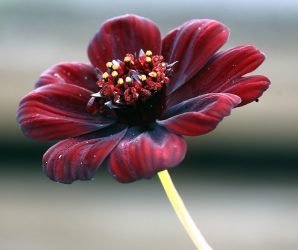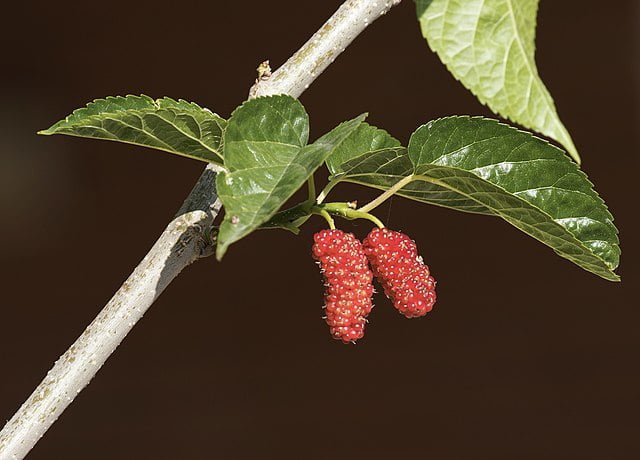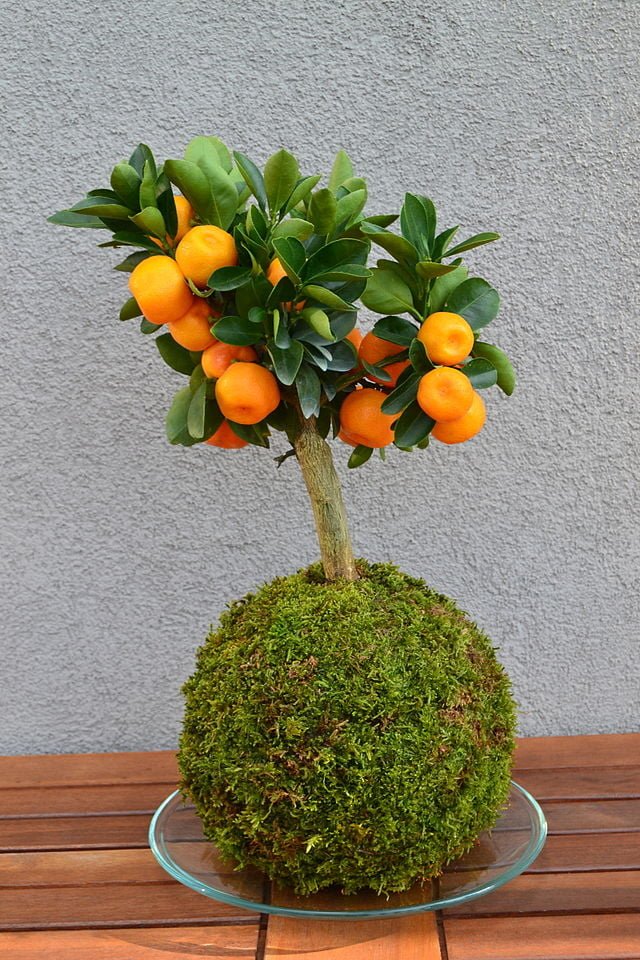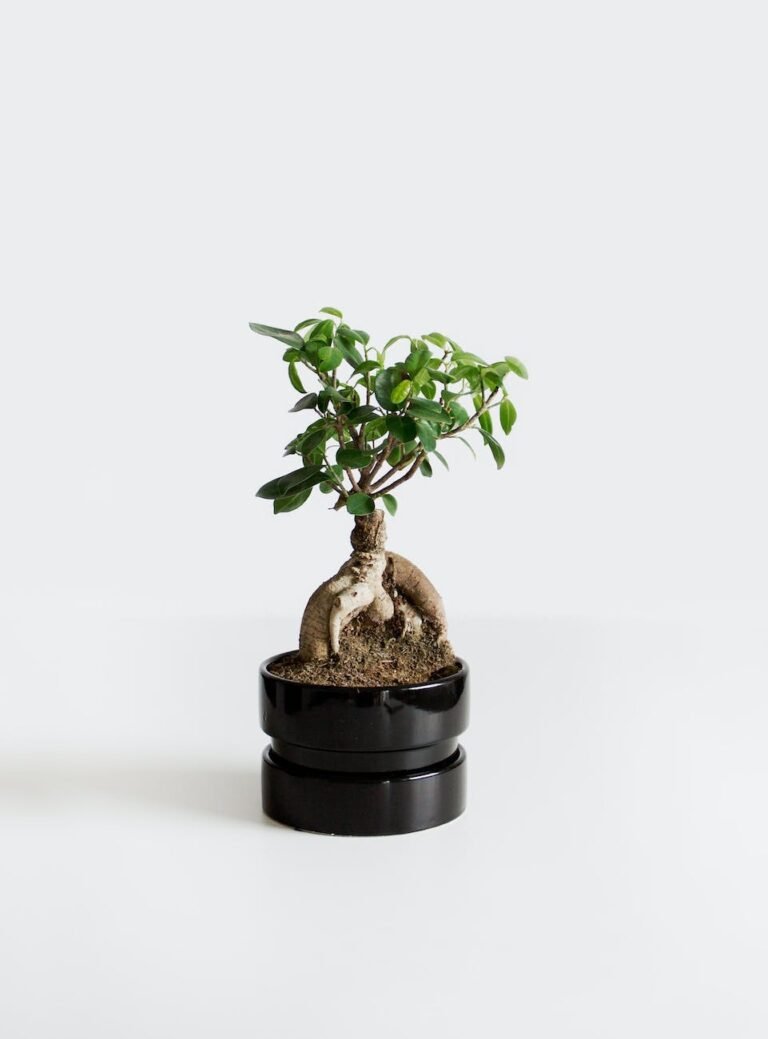Thrips: Tiny Pests, Big Problems
In the vast world of garden pests, thrips are often overlooked due to their minuscule size. However, their impact on plants can be anything but small. Thrips are slender, winged insects that feed on a variety of plants, causing damage that can inhibit growth, disfigure flowers, and reduce yields. Understanding thrips and implementing effective control measures is crucial for maintaining healthy, vibrant gardens. This article delves into the life cycle of thrips, identifies the damage they cause, and outlines strategies for managing these pesky invaders.
Unveiling the World of Thrips

Thrips are tiny insects, measuring about 1/20th of an inch long, with narrow bodies and fringed wings. They come in various colors, from translucent white or yellow to brown or black, depending on the species. Thrips are not just a single pest but a group of pests, with over 6,000 species existing worldwide, though only a fraction of these are of concern to gardeners and farmers.
The Damage Done
Thrips feed by puncturing the outer layer of plant tissue and sucking out the contents, leaving behind silvery, desiccated patches of damaged tissue. Their feeding can cause leaves to become distorted, discolored, and scarred. In flowers and fruits, thrips damage can lead to stunted growth, discoloration, and reduced aesthetic value or marketability.
Moreover, thrips are vectors for several plant viruses, most notably the Tomato Spotted Wilt Virus (TSWV) and Impatiens Necrotic Spot Virus (INSV), which can cause significant losses in both edible and ornamental crops.
Life Cycle and Habits
Thrips undergo a complete metamorphosis, including egg, larva, pupa, and adult stages. They can produce multiple generations in a year, especially in warm climates or controlled environments like greenhouses. Their small size and flying ability make them difficult to detect and control.
Strategies for Management
Monitoring and Early Detection
- Use yellow or blue sticky traps to monitor thrip populations.
- Inspect plants regularly for signs of damage or the insects themselves.
Cultural Controls
- Remove and destroy infested plant material to reduce population levels.
- Practice good sanitation by keeping the garden free of debris and weeds that can harbor thrips.
- Use reflective mulches in vegetable gardens to deter thrips.
Biological Controls
- Encourage or introduce natural enemies of thrips, such as predatory mites, lacewings, and ladybugs.
- In greenhouses, commercially available biological control agents can be introduced to manage thrips populations.
Chemical Controls
- As a last resort, use insecticidal soaps, neem oil, or other appropriate insecticides. Always choose products with minimal impact on beneficial insects and follow label directions carefully.
- Systemic insecticides may be effective but should be used judiciously, considering potential impacts on pollinators and the environment.
Prevention is Key
Preventing thrips from becoming a problem is often easier than controlling them after they’ve established. Selecting thrip-resistant plant varieties, using proper planting techniques, and maintaining a balanced ecosystem in your garden can go a long way in keeping thrip populations in check.
Frequently Asked Questions (FAQ) About Thrips
Can thrips infest indoor plants?
Yes, thrips can infest indoor plants, often hitching a ride on new plants brought into the home or through open windows. Regularly inspect indoor plants for signs of thrips and isolate new plants before introducing them to your collection.
Are thrips dangerous to humans?
Thrips are not dangerous to humans in the sense of health risk, but they can be a nuisance. Some people might experience irritation or a minor bite if thrips land on the skin.
How can I tell if my plants have thrips?
Look for signs of damage such as silvery streaks, speckled leaves, or distorted growth. Thrips are tiny, so you may need a magnifying glass to see them on the underside of leaves or within flower buds.
Do natural predators effectively control thrips?
Yes, natural predators like ladybugs, lacewings, and predatory mites can significantly reduce thrip populations in the garden. Encouraging or introducing these beneficial insects can be an effective part of integrated pest management.
How often should I apply insecticidal soap or neem oil for thrips?
Follow the product instructions carefully, as overuse can harm plants. Typically, treatments are applied every 7-10 days until the infestation is under control, but always check the label for specific guidance.
Additional Resources for Managing Thrips
For those seeking more in-depth information on identifying and controlling thrips, the following resources offer valuable insights:
- University of California Statewide Integrated Pest Management Program – Thrips: http://ipm.ucanr.edu/PMG/PESTNOTES/pn7429.html Provides detailed information on thrips management in both garden and landscape settings, including identification guides and control strategies.
- Royal Horticultural Society – Thrips: https://www.rhs.org.uk/advice/profile?PID=876 Offers advice on recognizing thrip damage and suggests practical methods for managing them in the garden, emphasizing non-chemical interventions.
- Entomology Today – Thrips Management: https://entomologytoday.org/ While not solely dedicated to thrips, this site provides up-to-date research and articles on managing various pests, including thrips. Searching for “thrips” on the site can yield current findings and advice.
Final Thoughts
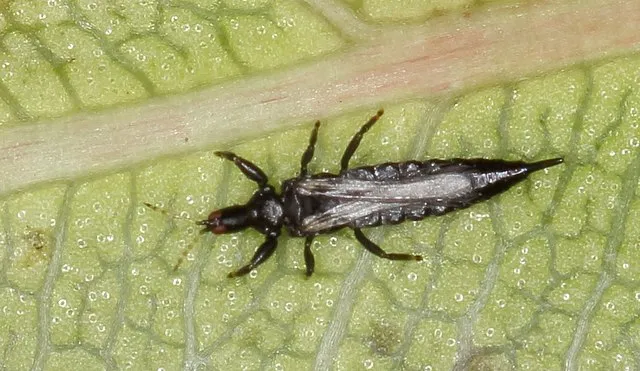
While thrips may be small, their impact on gardens and crops can be significant. By understanding their behavior and implementing a combination of monitoring, cultural, biological, and chemical controls, gardeners can effectively manage thrips and keep their plants healthy and thriving.


